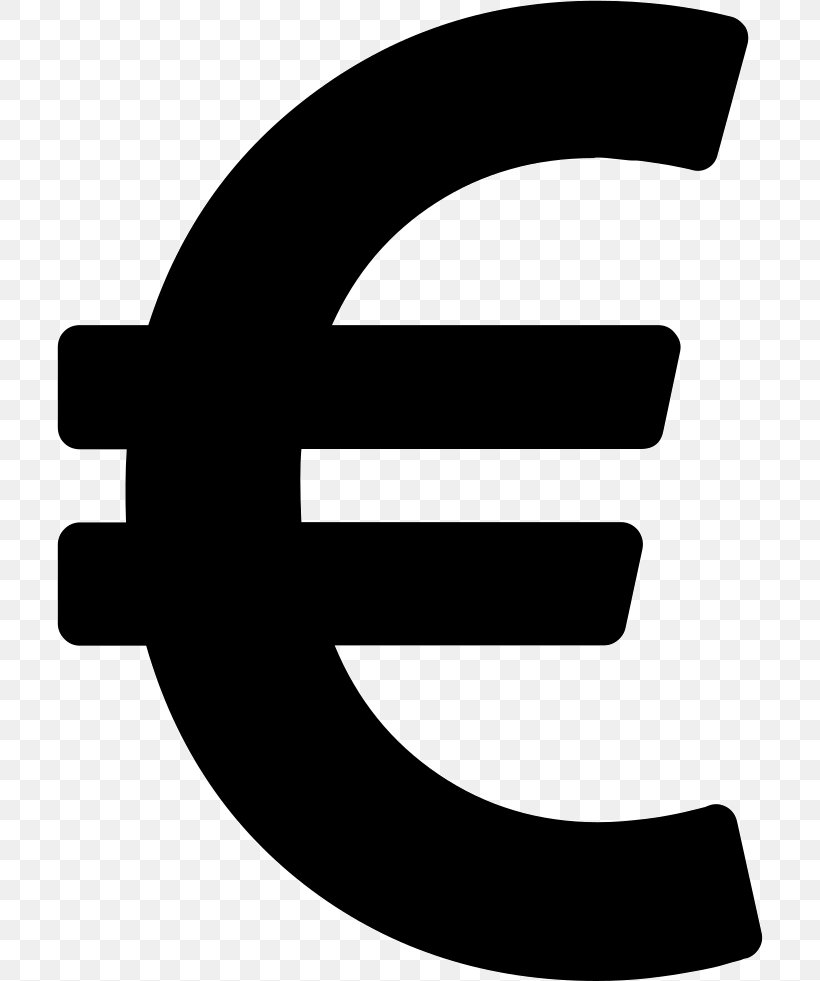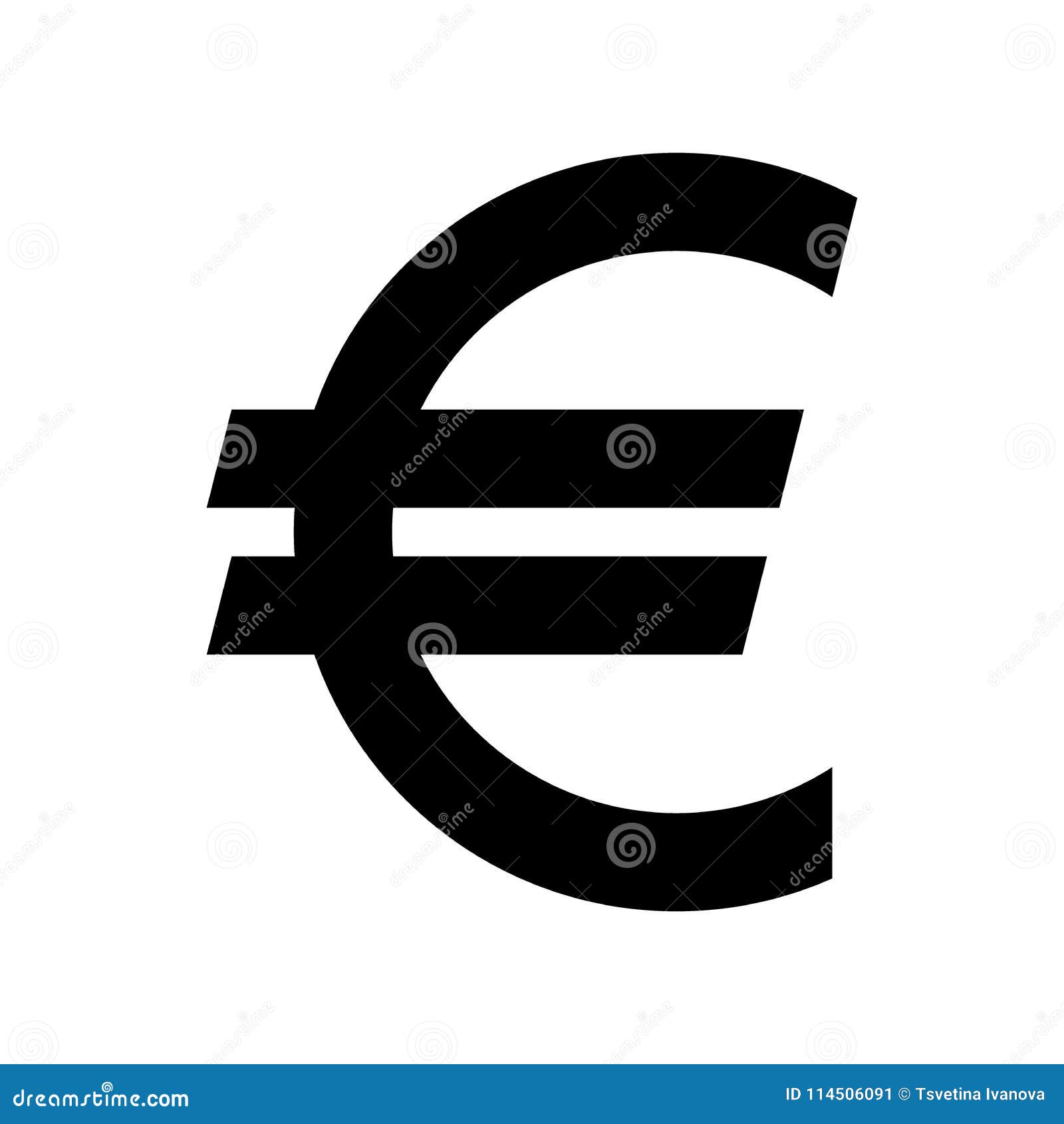Unpacking The Euro Currency Symbol: A Deep Dive Into Its Meaning, History, And Usage
Let’s be honest, the euro currency symbol (€) is more than just a sign—it’s a powerful representation of unity, progress, and global economic influence. If you’ve ever wondered why this symbol exists, how it came to be, or how it impacts your daily life, you’re in the right place. In this article, we’re diving deep into everything you need to know about the euro currency symbol. So, buckle up and get ready to learn something new!
When you think about money, you probably don’t spend much time pondering the symbols that represent it. But the euro currency symbol? That’s a whole different story. It’s not just a random design; it’s a carefully crafted emblem that tells a tale of collaboration, innovation, and the European dream. Whether you’re traveling to Europe or simply curious about global currencies, understanding the € symbol is key to grasping the bigger picture.
Now, before we dive into the nitty-gritty, let me ask you a question: Have you ever stopped to think about why the euro symbol looks the way it does? Or how it became one of the most recognizable currency symbols in the world? If you’re nodding your head, then you’re in for a treat. This article will break it all down for you, step by step, with some cool facts and insights along the way.
Read also:Hd4hub Movie Your Ultimate Destination For Highquality Entertainment
What Exactly Is the Euro Currency Symbol?
At first glance, the € symbol might look like a simple letter "E" with two horizontal lines, but there’s so much more to it. The euro currency symbol was officially introduced in 1999 when the European Union (EU) launched the euro as its official currency. Its design wasn’t random—it was inspired by the Greek letter epsilon (ϵ), which represents the first letter of the word "Europe" in Greek. The two parallel lines, on the other hand, symbolize stability and balance.
But here’s the kicker: the € symbol isn’t just a visual representation of the euro; it’s also a practical tool. It helps people easily identify prices, transactions, and financial documents across the Eurozone, which consists of 20 countries using the euro as their official currency. So, whether you’re buying a coffee in Paris or booking a hotel in Berlin, you’ll see that familiar € sign everywhere.
History of the Euro Currency Symbol
The story of the € symbol begins in the late 1990s, during the formation of the European Monetary Union (EMU). When the EU decided to adopt a single currency, they knew they needed a unique and meaningful symbol to represent it. A design competition was held, and after much deliberation, the current symbol was chosen. It wasn’t just about aesthetics—it was about creating a symbol that resonated with the values of the European Union.
Interestingly, the € symbol wasn’t the only contender. There were other designs on the table, but none of them captured the essence of Europe’s unity and progress as effectively. The final design, created by Belgian artist Alain Billiet, was chosen because it was simple, elegant, and easy to reproduce across different mediums—from digital screens to printed materials.
Why Was the Euro Symbol Created?
Let’s break it down: the euro symbol was created for several reasons. First and foremost, it was meant to unify the countries in the Eurozone under a single currency. Before the euro, each country had its own currency, which made cross-border transactions complicated and expensive. The € symbol helped simplify things by providing a common visual identity for the new currency.
- To promote economic integration among EU countries.
- To make transactions easier and more transparent.
- To create a strong, recognizable brand for the euro.
Think about it: when you see the € symbol, you immediately know what it stands for. That’s the power of good design!
Read also:Judith Kliban The Revolutionary Cartoonist Who Redefined Humor
How to Use the Euro Currency Symbol
Using the € symbol correctly is important, especially in professional or financial contexts. Here are some basic rules to follow:
- Place the € symbol before the amount (e.g., €50).
- Use a space between the symbol and the number for readability (e.g., € 100).
- Avoid adding unnecessary punctuation or decorations around the symbol.
While these rules may seem straightforward, they’re crucial for maintaining consistency across different languages and cultures. For example, in some countries, people write numbers differently (e.g., using commas instead of decimal points), so sticking to these guidelines ensures clarity and avoids confusion.
Tips for Typing the Euro Symbol
Not everyone knows how to type the € symbol on their keyboard, but it’s actually pretty easy. Here’s how you can do it:
- On Windows: Press Alt + 0128.
- On Mac: Press Option + Shift + 2.
- In HTML: Use the code € or €.
Now you have no excuse for not using the € symbol correctly in your documents, emails, or social media posts!
Impact of the Euro Currency Symbol on Global Trade
The introduction of the € symbol didn’t just change the way Europeans handled money—it also had a significant impact on global trade. With a single currency, businesses could operate more efficiently across borders, reducing costs and increasing competitiveness. For example, companies no longer had to worry about exchange rate fluctuations when trading with other Eurozone countries.
Moreover, the € symbol helped establish the euro as one of the world’s major currencies, alongside the US dollar and the Japanese yen. This meant that investors, governments, and businesses around the world began to view the euro as a stable and reliable option for transactions and investments.
Challenges Faced by the Euro
Of course, no currency is without its challenges. The euro has faced criticism over the years, particularly during the 2008 financial crisis and the subsequent Eurozone debt crisis. Critics argue that a single currency doesn’t always work for countries with vastly different economies. However, proponents of the euro point out that the currency has brought stability and growth to many parts of Europe.
Despite these challenges, the € symbol remains a symbol of hope and unity for millions of people across the continent. It’s a reminder that, even in tough times, collaboration and shared values can lead to positive outcomes.
Common Misconceptions About the Euro Currency Symbol
There are a few myths and misconceptions floating around about the € symbol. Let’s clear them up:
- Myth #1: The € symbol is based on the dollar sign ($).
False! The € symbol is inspired by the Greek letter epsilon, not the dollar sign. While the two symbols share some similarities, their origins and meanings are entirely different.
- Myth #2: The € symbol is only used in Europe.
Not true! The € symbol is recognized and used worldwide, especially in international trade and finance. Even if you’re not in Europe, you’ll likely encounter the € symbol in financial reports, news articles, and online transactions.
By understanding these misconceptions, you can better appreciate the true significance of the € symbol and its role in the global economy.
Fun Facts About the Euro Currency Symbol
Here are some interesting tidbits about the € symbol that you might not know:
- The € symbol is protected by copyright and trademark laws in the EU.
- It’s one of the most searched currency symbols on Google.
- There’s an official emoji for the € symbol: 🇪🇺.
Who knew that a simple symbol could have so much history and meaning behind it? These fun facts just go to show how fascinating the world of currency symbols can be.
How the Euro Symbol Affects Daily Life
For people living in the Eurozone, the € symbol is more than just a financial tool—it’s a part of daily life. From checking prices at the grocery store to paying bills online, the € symbol is everywhere. It’s become so ingrained in European culture that many people don’t even think about it anymore.
But for tourists and travelers, the € symbol can be a bit confusing at first. If you’re used to seeing dollars or pounds, seeing prices in euros might take some getting used to. That’s why it’s always a good idea to familiarize yourself with the € symbol and how it works before visiting Europe.
Travel Tips for Using the Euro
Here are a few tips for using the euro when traveling in Europe:
- Always check the exchange rate before exchanging money.
- Use a credit or debit card that doesn’t charge high fees for foreign transactions.
- Keep small denominations of euros on hand for tips and small purchases.
With these tips in mind, you’ll be able to navigate the world of euros with confidence and ease.
The Future of the Euro Currency Symbol
As the world continues to evolve, so too does the role of the euro currency symbol. With the rise of digital currencies and blockchain technology, there’s speculation about whether the € symbol will remain relevant in the future. However, most experts agree that the euro will continue to play a key role in the global economy for years to come.
One thing is certain: the € symbol will always be a powerful reminder of Europe’s commitment to unity, progress, and innovation. Whether it’s used in traditional financial transactions or in emerging digital platforms, the € symbol will continue to inspire and influence people around the world.
Will the Euro Replace Other Currencies?
There’s been talk about whether the euro could eventually replace other currencies, such as the US dollar or the Japanese yen. While this is unlikely to happen anytime soon, it’s worth noting that the euro has already gained significant traction as a global reserve currency. This means that more and more countries are holding euros in their foreign exchange reserves, which could lead to increased adoption in the future.
Conclusion: Embrace the Power of the Euro Currency Symbol
In conclusion, the euro currency symbol (€) is much more than just a sign—it’s a symbol of unity, progress, and global economic influence. From its origins in the late 1990s to its current status as one of the world’s most recognized currency symbols, the € has played a vital role in shaping the modern financial landscape.
So, the next time you see the € symbol, take a moment to appreciate its history, meaning, and impact. And if you’re planning a trip to Europe, make sure you’re familiar with how to use the euro correctly. Who knows? You might just find yourself falling in love with the simplicity and elegance of the € symbol.
Now it’s your turn! Leave a comment below and let us know what you think about the euro currency symbol. Do you have any interesting experiences or insights to share? Or maybe you have a question about the € symbol that we didn’t cover in this article. Whatever it is, we’d love to hear from you!
Table of Contents
- What Exactly Is the Euro Currency Symbol?
- History of the Euro Currency Symbol
- How to Use the Euro Currency Symbol
- Impact of the Euro Currency Symbol on Global Trade
- Common Misconceptions About the Euro Currency Symbol
- Fun Facts About the Euro Currency Symbol
- How the Euro Symbol Affects Daily Life
- The Future of the Euro Currency Symbol
- Travel Tips for Using the Euro
- Conclusion: Embrace the Power of the Euro Currency Symbol
Jasmine Pilchard-Gosnell Husband: The Story Behind The Love That Shines Brighter Than Fame
Philippines Celebrity Scandals 2024: The Juiciest Gossips You Need To Know
Sophie Rain Spiderman Reddit: The Untold Story You Need To Know

Euro Sign Currency Symbol, PNG, 706x981px, Euro Sign, Black, Black And

Euro Currency Symbol. Black Silhouette Euro Sign Stock Vector
Euro Symbol Currency